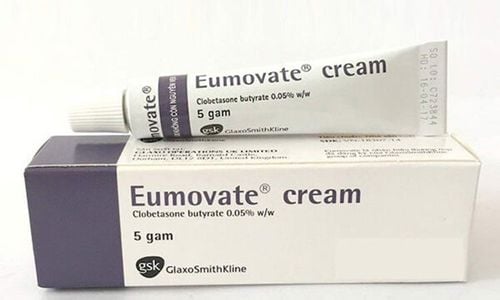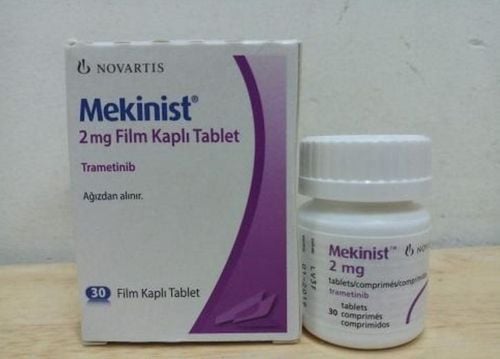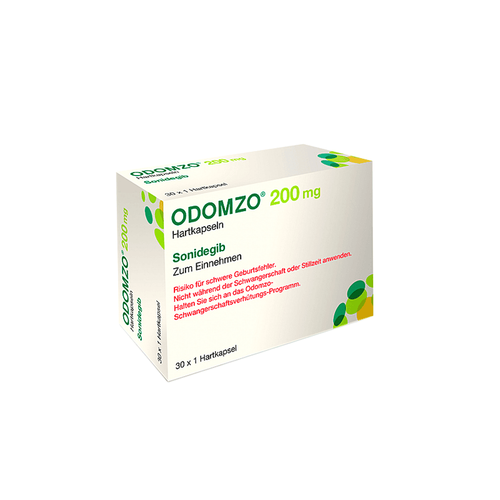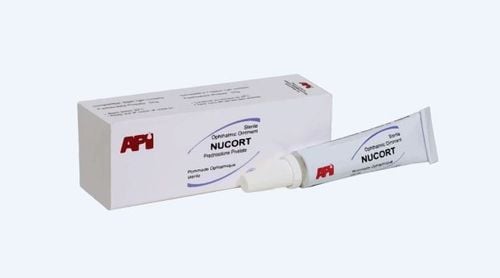This is an automatically translated article.
Sunburn (also known as sunburn) is an allergic reaction that causes redness, itching, blistering in the skin... when exposed to too much sunlight or UV rays. Sun-induced dermatitis can increase the risk of other skin conditions such as dry skin, rapid skin aging, dark spots, skin spots or even skin cancer.
1. Cause
Sunburn occurs when you are exposed to ultraviolet rays beyond the protective capacity of the pigment melanin in the body. Depending on the amount of this pigment, the level of UV tolerance of each person is different. A light-skinned person can develop photodermatitis after just 15 minutes of midday sun exposure, while a darker-skinned person can get it up to several hours.
In addition, some people may be more sensitive to sunlight. This characteristic can be caused by genetic factors or by certain chemicals in drugs, cosmetics or food. Certain pre-existing skin conditions such as lupus erythematosus and eczema can also cause the skin to become sensitive to sunlight.
Studies have shown that it is ultraviolet rays in the sun that are the cause of allergies, sun-induced dermatitis. When ultraviolet rays penetrate the skin, it will damage cells and gradually change the properties of some proteins in the cells, turning them into "foreign proteins" or antigens for the body. This activates the defense mechanism of the immune system and an allergic reaction occurs.

Tia cực tím là nguyên nhân gây viêm da
2. Symptoms
Symptoms of sun dermatitis include:
Red and dry skin; Allergies, rash; Burns; Blistering; Itching all over. Some people even have red, burning pimples on their hands and feet that are uncomfortable and easily confused with chickenpox, hand, foot and mouth disease. You may also experience heatstroke symptoms such as headache, dizziness, fever, dehydration, or chills.
If left untreated for a long time, the patient may scratch the allergic skin because of itching, causing the skin to thicken and scar, and at the same time increase the risk of skin cancer.
Should see a doctor and see a doctor if you see the following signs:
Tanned skin forming blisters, covering a large area of the body, causing burning pain; Facial swelling; Fever and chills; Stomach upset; Dizziness, headache, confusion; Symptoms of dehydration.
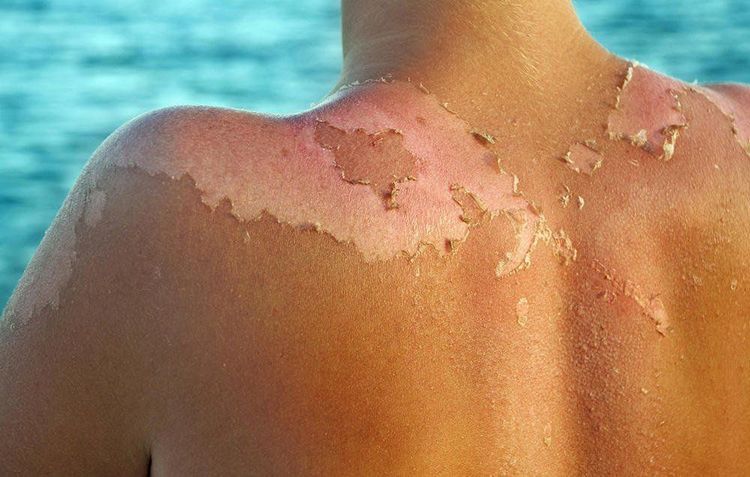
Da xuất hiện các mảng phồng rộp là biểu hiện của viêm da do ánh nắng mặt trời
3. Objects at risk
Any person exposed to direct ultraviolet (UV) rays is at risk of developing a sun allergy. The less melanin the skin has, the more susceptible it is to ultraviolet rays, so some people are more likely to get photodermatitis including:
People with pale blue or brown skin; People with lots of freckles or red or light blonde hair; People are only occasionally exposed to intense sunlight. In addition, there are also many factors that can increase the risk of solar dermatitis such as:
Race: anyone can have a sun allergy, but photodermatitis occurs more often than not. is most common in people of certain races (eg, Caucasians). History of exposure to certain substances: if your skin is exposed to certain substances (cosmetics, perfumes, antiseptics...) and then exposed to the sun, there is a possibility of signs of dermatitis, allergies will be higher. Using certain medications can make your skin burn faster. These can include anti-inflammatory drugs such as Ketoprofen, tetracycline antibiotics, drugs containing Sulfa... Having other skin diseases: having atopic dermatitis or other skin diseases will increase the risk skin inflammation caused by the sun. Having a close family member has sun exposure. If you have a sibling or biological parent who is prone to sunspots, you have an increased risk of developing the condition.
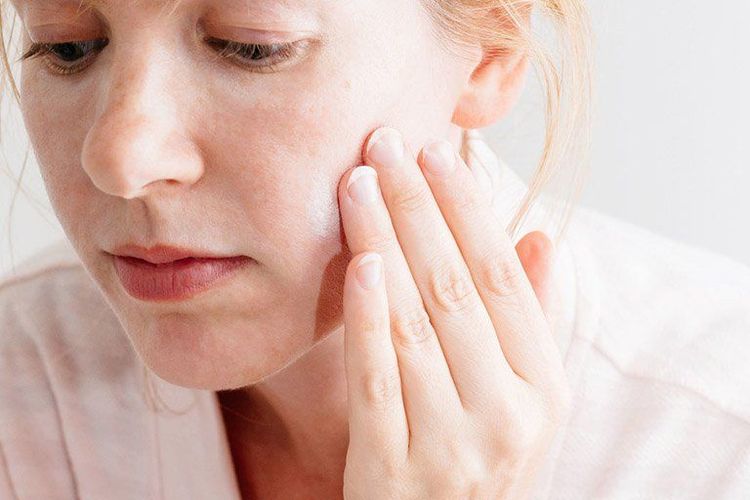
Người da trắng dễ bị viêm da do ánh nắng mặt trời hơn cả
4. Prevention of dermatitis caused by the sun
To prevent sun dermatitis, you can refer to the following ways:
Minimize direct sun exposure: wear long sleeves, a hat or apply sunscreen before leaving the house. Avoid using skin care products and cosmetics of unknown origin as they may contain sensitizing ingredients. Take medicine prescribed by your doctor. Especially avoid UV exposure as much as possible if you are taking medications such as tetracycline antibiotics, sulfa drugs and diuretics, as these make the skin more sensitive to the sun. If there is a need to use sunbathing equipment, you should consult a doctor. Contact your doctor if symptoms of fever, dehydration or prevention are not working.
5. Diagnosis and treatment
5.1. Diagnosis To diagnose photodermatitis, a doctor will base on the results of a physical examination of the skin and ask the patient about symptoms and history of sun exposure. Your doctor will also check on any medications you're taking, ask about new foods you're taking to find out what's causing your sensitivity to the sun.
5.2. Treatment To treat dermatitis caused by the sun, the doctor will suggest the following solutions:
Indication to use topical corticosteroids and oral. Use an antihistamine when symptoms are present. Using ultraviolet light on areas of the skin at risk of exposure to the sun to help the skin adapt to the sun.

Thuốc nhóm corticoid dạng bôi được sử dụng để điều trị viêm da hiệu quả
For home care, you can:
Shower with cool water and gently wipe the dermatitis with a wet towel. Change the dry dressing to prevent infection if blisters are found. If your skin is blistered or inflamed, you can use a cortisone cream or other gentle moisturizer as directed by your doctor to reduce discomfort. Some drugs like Ibuprofen or Aceminophen can relieve pain caused by dermatitis (note that aspirin should not be given to children). Avoid exposure to direct sunlight and substances that cause photodermatitis. If it is not possible to reduce sun exposure, use a sunscreen with ultraviolet A (UVA) and ultraviolet B (UVB) protection with a minimum SPF of 15 or higher. If sun dermatitis is not treated early, it will affect the skin and aesthetics, and even increase the risk of skin cancer. Therefore, you should go to a medical facility for early examination and treatment.
Vinmec International General Hospital is a high-quality medical facility in Vietnam with a team of highly qualified medical professionals, well-trained, domestic and foreign, and experienced.
A system of modern and advanced medical equipment, possessing many of the best machines in the world, helping to detect many difficult and dangerous diseases in a short time, supporting the diagnosis and treatment of doctors the most effective. The hospital space is designed according to 5-star hotel standards, giving patients comfort, friendliness and peace of mind.
For detailed information on how to register for examination and treatment, please contact Vinmec Health System nationwide.
Please dial HOTLINE for more information or register for an appointment HERE. Download MyVinmec app to make appointments faster and to manage your bookings easily.




